Formations of Soccer
Soccer is a strategic game that requires a good understanding of formations and positions to win. Formations in soccer refer to the way players are structured on the field during a game. These formations can have a significant impact on the outcome of the game. As a soccer coach or professional, understanding various formations and how to use them can give your team the advantage they need to win.
There are different types of soccer formations, each with its strengths and weaknesses. The traditional formations are the 4-4-2, 3-5-2, and 4-3-3. However, modern soccer has seen the rise of new formations such as the 5-3-2, 4-1-4-1, and the 4-2-3-1. These new formations have become increasingly popular due to their ability to adapt to different situations during a game and break defensive lines with more flexibility.

Soccer formations can also be used for defensive strategies. Coaches often use different formations to counter their opponents' attacking strategies. For instance, a coach may use a 5-4-1 formation for a team that is playing an attacking 4-3-3 formation. The 5-4-1 formation creates a solid defensive line that can neutralize the attacking threat from the opposing team.
Some of the most successful soccer managers have used formations to great effect in their teams. One of the most notable examples is Sir Alex Ferguson, who led Manchester United to numerous titles during his tenure as manager. Ferguson was known for his use of the 4-4-2 formation, which allowed his team to play with two strikers up front and a solid midfield.
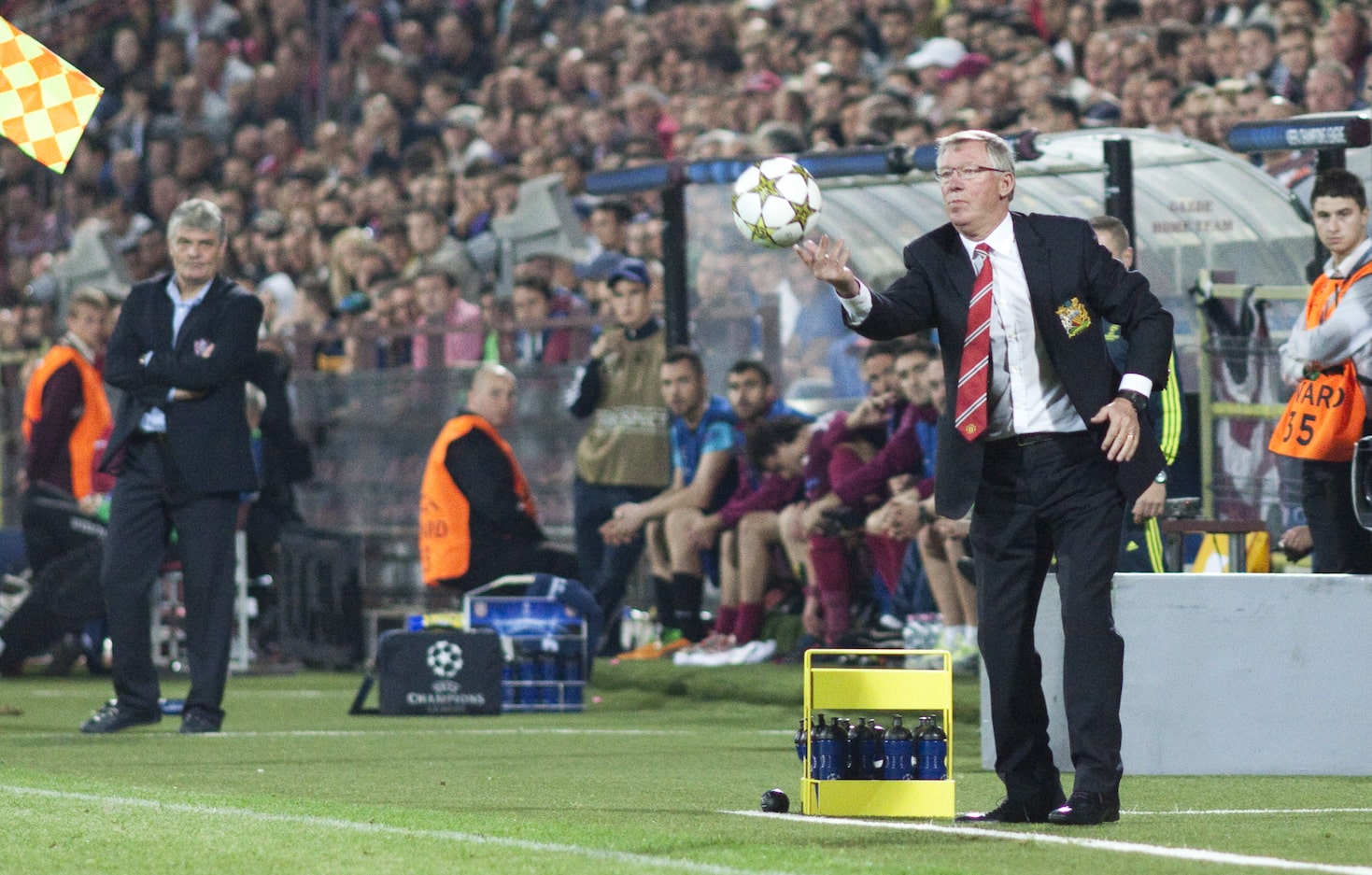 Sir Alex Ferguson mastered formations for Manchester United
Sir Alex Ferguson mastered formations for Manchester United
Another successful manager is Jose Mourinho, who has utilized a variety of formations throughout his career. During his time at Chelsea, he often used the 4-3-3 formation, which allowed his team to dominate possession and control the midfield. However, he has also been known to use the 4-2-3-1 formation, which focuses on solid defensive play and quick counter-attacks.
Pep Guardiola, another successful manager, is known for his innovative use of formations. While at Barcelona, he famously used the 4-3-3 formation with a false nine striker, allowing Lionel Messi to drop deeper and create space for the wingers to attack. He has also used the 3-4-3 formation at Manchester City, which emphasizes possession and attacking play from the full-backs.
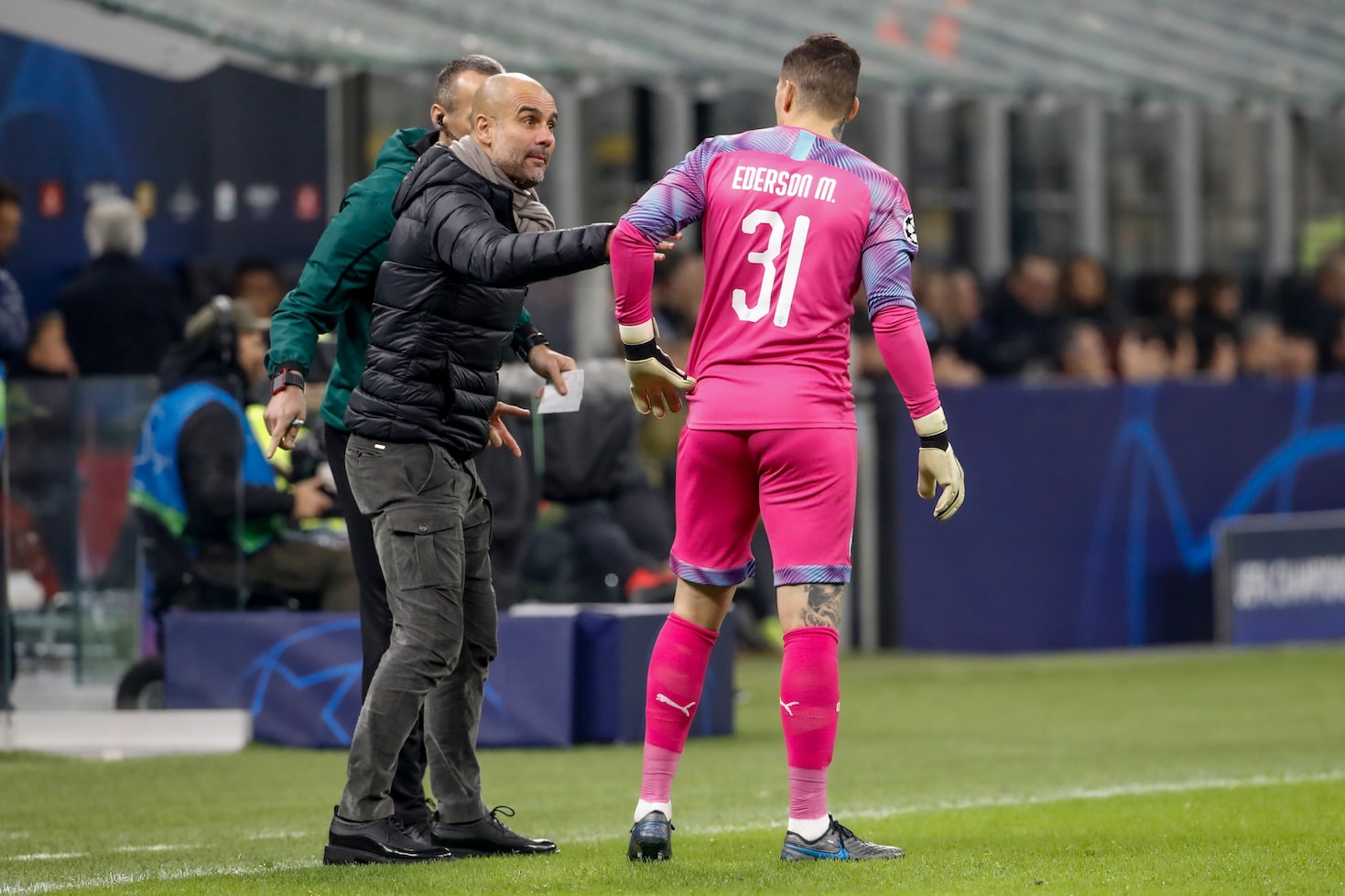
Overall, successful soccer managers understand the importance of formations and how to use them to their advantage. Whether it's a traditional formation like the 4-4-2 or an innovative one like the 3-4-3, the right formation can make all the difference in a team's success. As a coach, it's important to study and experiment with different formations to find the one that best fits your team's strengths and weaknesses. Remember, formations are not set in stone and can be adjusted throughout a game depending on the situation. By understanding the different formations and how to use them, you can take your team's defense strategy to the next level.
Understanding soccer formations is crucial to the success of any soccer team. As a coach or professional, understanding the different formations and how to use them effectively can give your team the upper hand ina game. It is essential to select a formation that matches the strength and weaknesses of your team and the opponents' team. The key is to be flexible and adaptable to the game's changing situations and to make quick decisions that can impact the outcome of the game. As you continue to learn and experiment with different formations, you will become a more successful coach or professional and help your team win more games.
Understanding Defensive Positions in Soccer
In addition to formations, understanding defensive positions in soccer is also crucial for coaches and professionals. Defensive positions are the players who are responsible for stopping the opposing team from scoring goals. These positions include the goalkeeper, centre backs, fullbacks, and defensive midfielders.
The goalkeeper is the last line of defense and plays a critical role in keeping the opposing team from scoring. They must have excellent reflexes and be able to make split-second decisions to make saves. Center-backs are also crucial in defense, as they are responsible for marking the opposing team's forwards and clearing the ball out of danger.
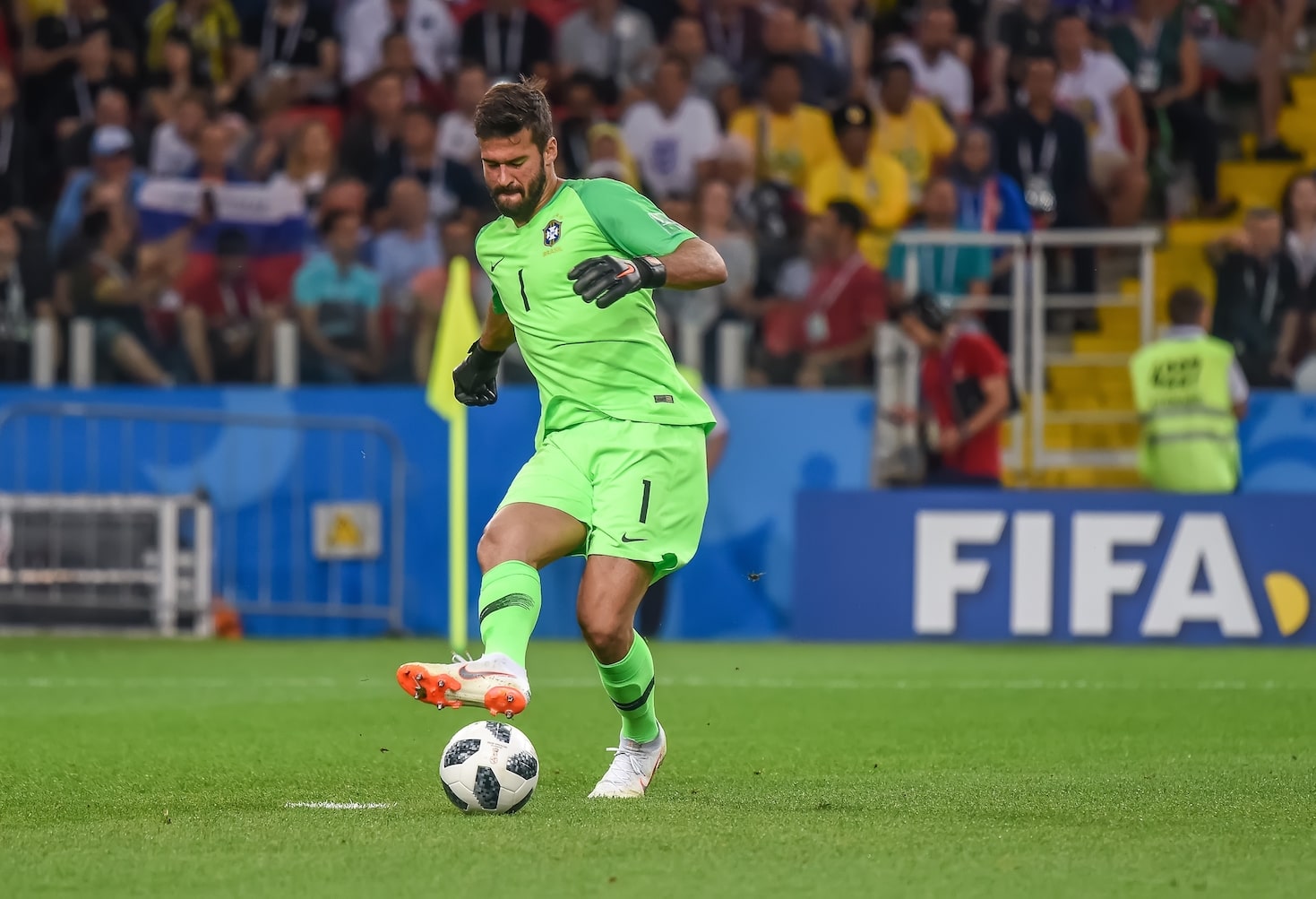
Two full backs are positioned on the sides of the field and are responsible for marking opposing two wingers and defending against crosses. They also play an important role in attack, overlapping with the midfielders and providing width to the team's attacking play.
Defensive midfielders are responsible for breaking up the opposing team's attacks and intercepting passes and can be a useful pivot. They also help to protect the defense and act as a shield in front of the center-backs.

Understanding defensive positions in soccer is essential for coaches and professionals. Each position has a specific role in defending the goal and stopping the opposing team from scoring. A well-drilled defense can be the difference between winning and losing a match, and it is crucial for coaches to train their players on defensive strategies and positions.
Common Soccer Formations and Their Advantages
Soccer formations are essential strategies that coaches and professionals utilize to win games. A formation is a layout of players on the field that determines the team's overall style of play. There are several formations available, and each has its advantages and disadvantages. In this blog post, we will discuss the most common soccer formations and their advantages.
4-4-2 Formation
The 4-4-2 formation is the most common formation in soccer. It consists of four defenders, four midfielders, and two forwards. The formation is often used by teams that prefer a more defensive approach to the game. The advantages of this formation include:
1. Strong defense: With four defenders, the team has a solid defense to stop the opposing team from scoring goals.
2. Balanced midfield: The four midfielders provide a balanced midfield that can attack with wingers and defend with two centre midfielders efficiently.
3. Two strikers: The two forwards work together to create scoring opportunities and put pressure on the opposing defense.
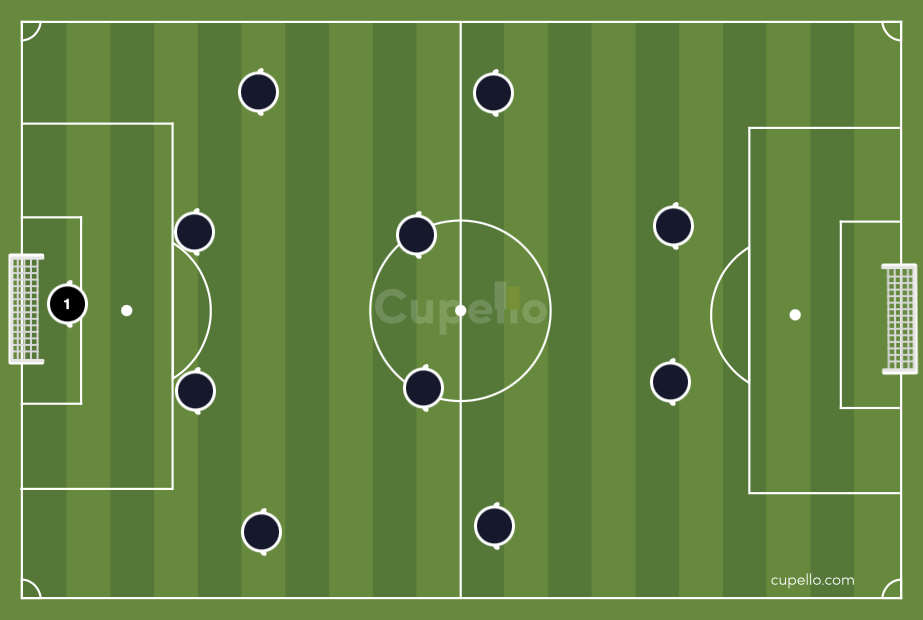
4-3-3 Formation
The 4-3-3 formation consists of four defenders, three midfielders, and three forwards. This formation is often used by teams that prefer to attack and score goals. The advantages of this formation include:
1. Strong attacking force: With two attacking wingers and one striker, the team can put pressure on the opposing defense and create many scoring opportunities.
2. Aggressive midfield: The three midfielders provide an aggressive midfield that can support the forwards in attacking the opposing team.
3. Wide play: Theformation provides width on the field, allowing the team to stretch the defense and create space for their attackers.
4. Possession-based play: The midfielders in this formation are often tasked with keeping possession of the ball, allowing the team to control the game's tempo.
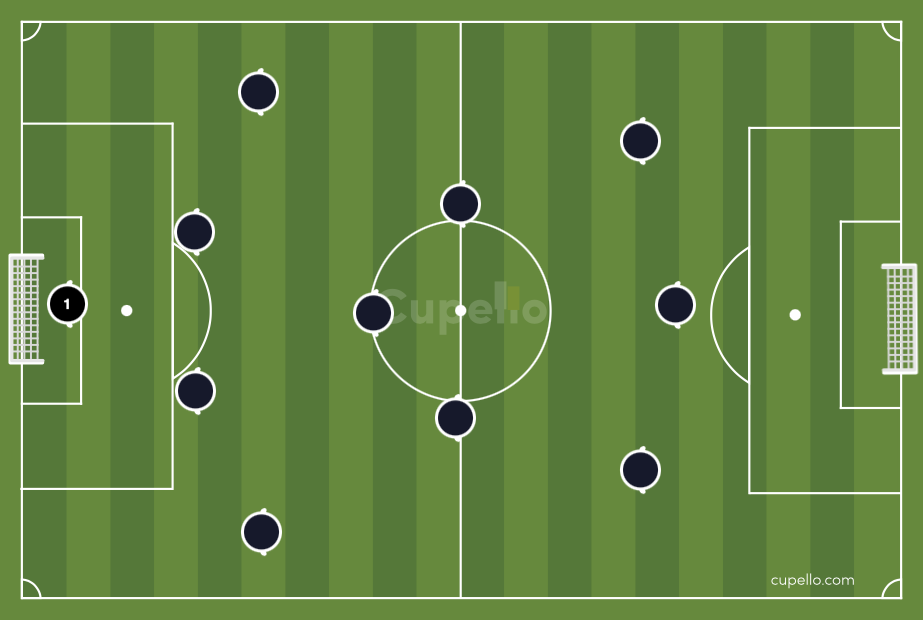
3-5-2 Formation
The 3-5-2 formation consists of three defenders, five midfielders, and two forwards. This formation is often used by teams that prefer a more attacking approach while maintaining a solid defense. The advantages of this formation include:
1. Offensive power: With two forwards, the team can create plenty of scoring opportunities while maintaining a strong attacking force.
2. Solid defense: The three defenders provide a solid defense to prevent the opposing team from scoring goals.
3. Midfield dominance: The five midfielders provide a dominant midfield that can control the game's pace and tempo, occasionally within a diamond shape.
4. Wingbacks: The two wingbacks provide width on the field, allowing the team to stretch the defense and create space for their forwards, for example the left back can overlap the left winger.
5. Flexibility: This formation offers flexibility in terms of transitioning from defense to attack and vice versa, making it an excellent choice for teams looking to adapt to different situations on the field.
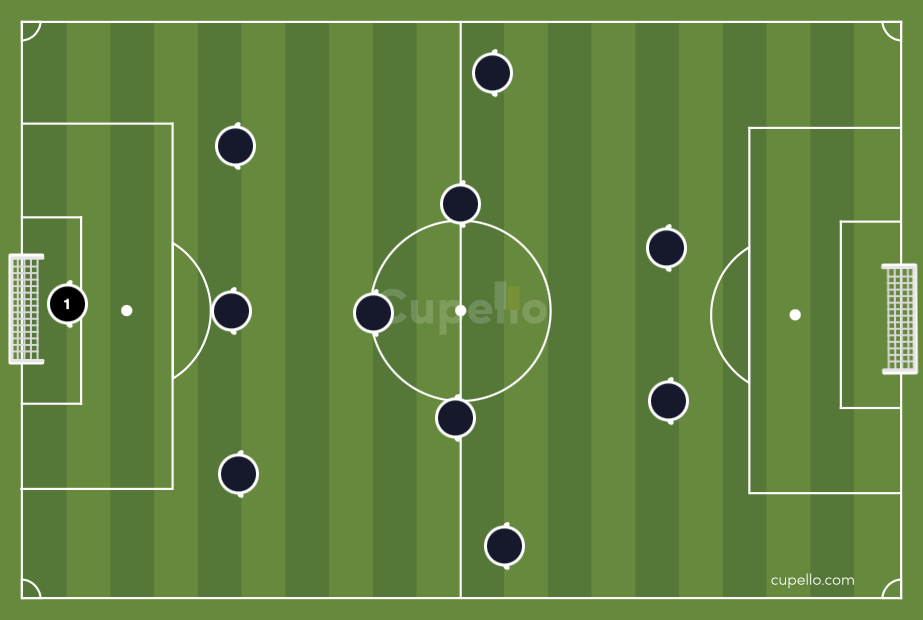
In conclusion, choosing the right formation for your team is crucial for success on the soccer field. Coaches and professionals must evaluate their team's strengths and weaknesses before selecting a formation that suits their playing style. Whether you prefer a more defensive or attacking approach, there are several formations available to help you achieve your goals. By understanding the advantages of different formations, coaches can train their players more effectively and lead their teams to victory.
Tips on Choosing the Best Formation for Your Team
As a soccer coach or professional, choosing the best formation for your team can make all the difference in achieving success on the field. Here are some tips on how to select the right formation for your team:
1. Evaluate your players' strengths and weaknesses: Before selecting a formation, it's important to assess your team's strengths and weaknesses. Consider the skill level and abilities of each player, such as their speed, agility, and accuracy. This will help you determine which formation will best suit your team.
2. Consider your team's playing style: Every team has a unique playing style that may be more suited for a certain formation. For example, if your team likes to control the midfield and play possession-based soccer, a 4-3-3 formation may be the best choice. If your team prefers to play more defensively, a 5-4-1 formation may be more appropriate.

3. Evaluate your opponents: Consider the strengths and weaknesses of your opponents before selecting a formation. For example, if your opponents have a strong defense, you may want to use a formation that provides more attacking options.
4. Experiment with different formations: Don't be afraid to experiment with different formations during training or in games. This will help you determine which formation works best for your team and will allow you to make adjustments as needed.
5. Communicate with your players: It's important to communicate with your players when selecting a formation. Make sure they understand their roles and responsibilities within the formation andhow it will benefit the team. Encourage open communication and feedback, and be willing to make adjustments based on their input.
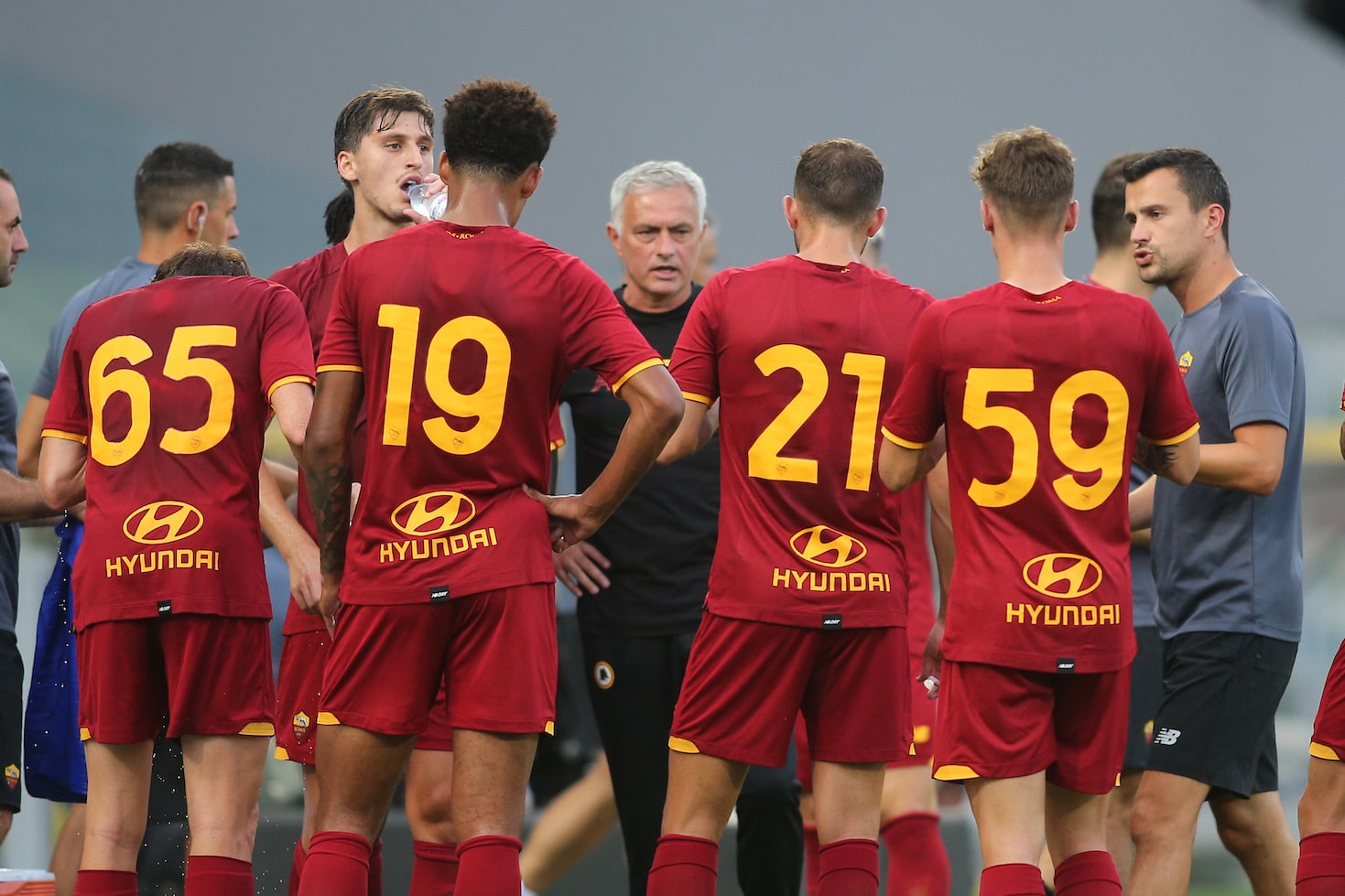 Mourinho communicating with his Roma players
Mourinho communicating with his Roma players
Selecting the right formation for your team is crucial for success on the soccer field. By evaluating your players' strengths and weaknesses, considering your team's playing style and opponents, experimenting with different formations, and communicating with your players, you can find the best formation to suit your team's needs. As a coach or professional, it's important to be flexible and willing to make adjustments as needed to ensure your team is playing at their best. With the right formation and strategy in place, your team can achieve their goals and come out victorious.
Effective Strategies for Defending in Soccer Formations
When it comes to soccer defense, the formation you choose can have a significant impact on your team's success. However, it's not just about the formation; it's also about the strategies you employ within that formation. Here are some effective strategies for defending in soccer formations:
1. Pressing: Pressing involves putting pressure on the opponent's players when they have possession of the ball. This can help disrupt their play and force them to make mistakes. Pressing works best when all players on the team are on the same page and work together to coordinate their efforts.
2. Marking: Marking involves assigning each defensive player a specific opponent to closely guard. This can help prevent the opponent from making runs and creating scoring opportunities. It's important for players to communicate with each other and switch marking responsibilities when necessary.
 Thomas Tuchel won the champions league playing a 3-5-2
Thomas Tuchel won the champions league playing a 3-5-2
3. Covering: Covering involves providing support to other defensive players when they are beaten by an opponent. This can help prevent the opponent from getting through and creating a scoring opportunity. It's important for players to anticipate and be prepared to provide covering support.
4. Counter-attacking: Counter-attacking involves quickly transitioning from defense to offense when possession of the ball is regained. This can catch the opponent off guard and create scoring opportunities. It's important for players to be aware of their positioning and be prepared to make quick, accurate passes.
5. Zone defense: Zone defense involves assigning each defensive player a specific area of the field to cover. This can help preventthe opponent from finding open spaces and creating scoring opportunities. It's important for players to communicate and move together as a unit to ensure all areas of the field are covered.
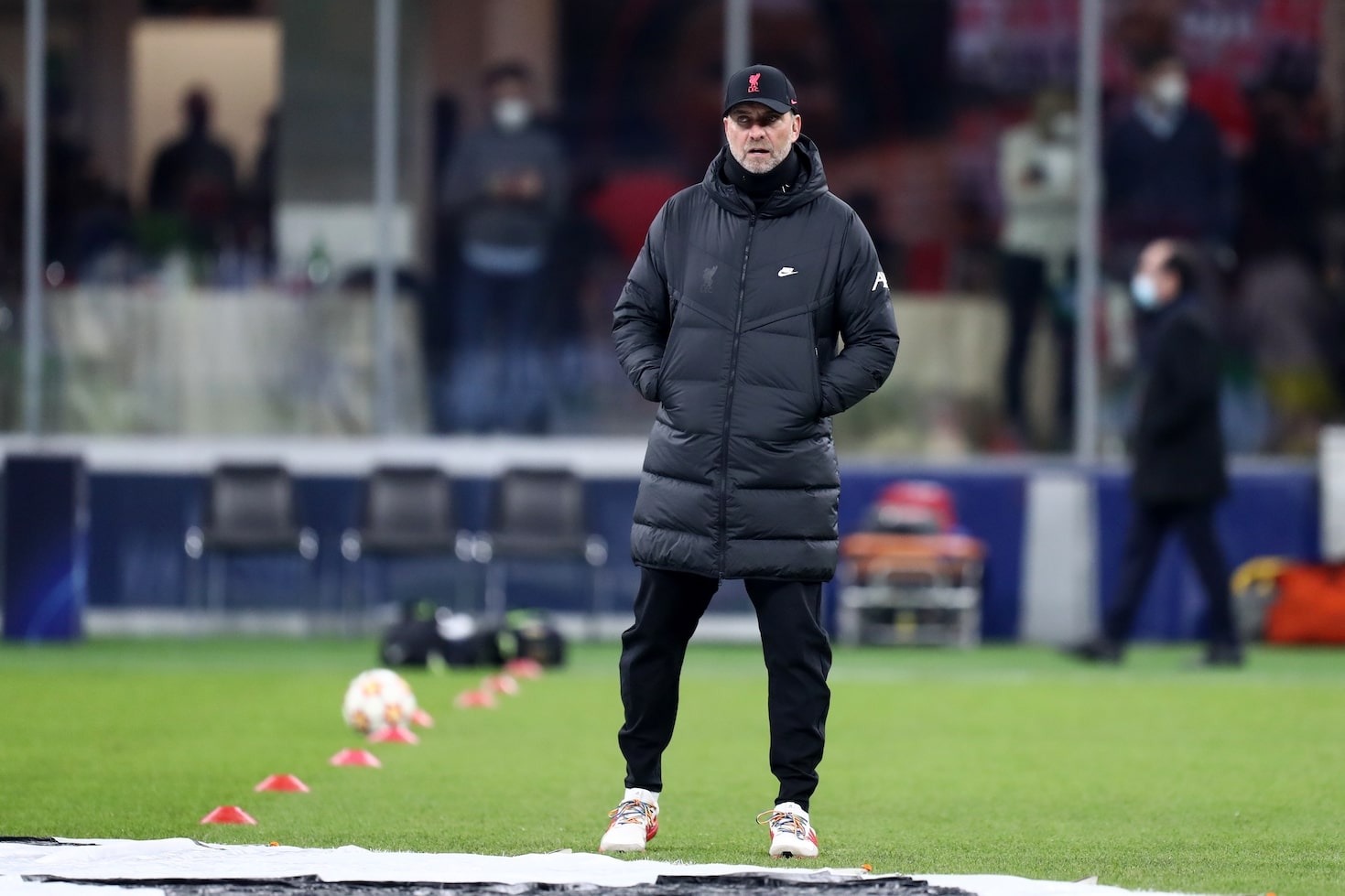
By employing these effective defensive strategies in combination with the right formation, your team can become a force to be reckoned with on the field. Remember, it's not just about having the best players; it's about having a cohesive team that works together to achieve their goals. As a coach or professional, it's your job to help your team reach their full potential by developing winning formations and strategies. So get out there, communicate with your players, and start building a winning team today!


Improve Your GameJust 1.99 p/m
Exclusive drills and sessions, get involved today!
- 100’s of Drills
- Coach to Camera Videos
- Sessions from Pro’s
- Industry Leading Advice
Choosing the right formation and defensive strategies can make all the difference in a soccer game. By understanding the strengths and weaknesses of your team and your opponents, you can develop a formation that utilizes your players' skills to their fullest potential. Additionally, employing effective defensive strategies such as pressing, marking, covering, counter-attacking, and zone defense can help prevent the opponent from scoring while creating opportunities for your team. As a coach or professional, it's essential to stay knowledgeable about these strategies and adapt them to your team's needs. With dedication and hard work, your team can become a dominating force on the field.

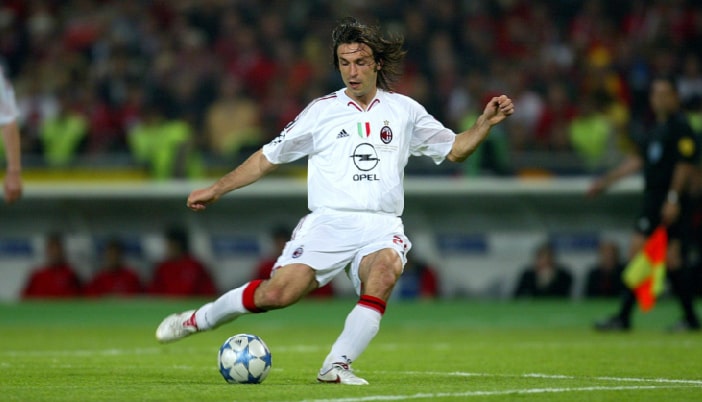
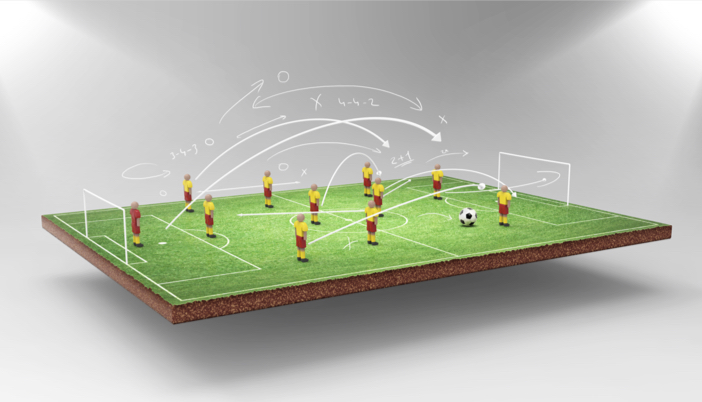
Cupello
Rethinking soccer coaching via our industry leading tools. Built to offer effective coaching development solutions for players and coaches of all levels.